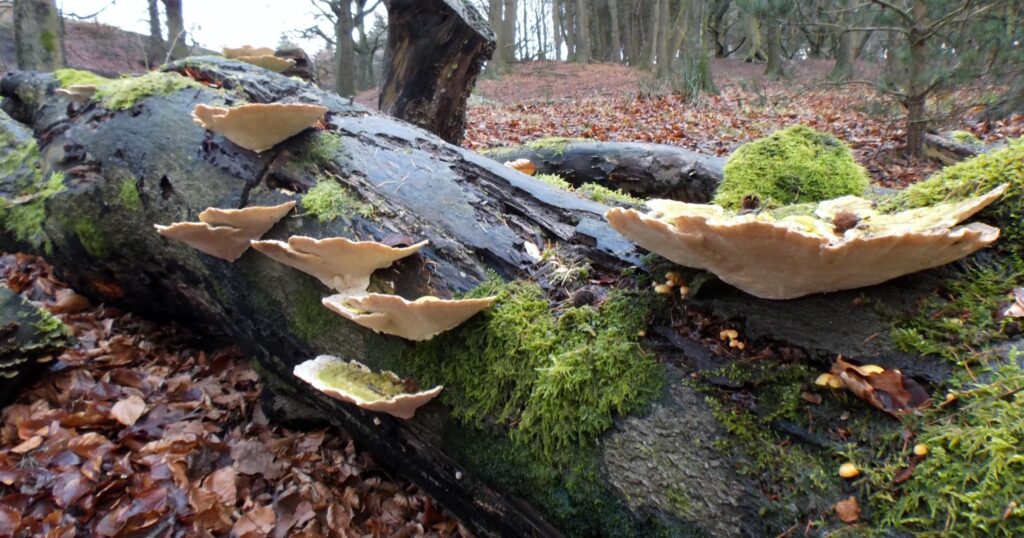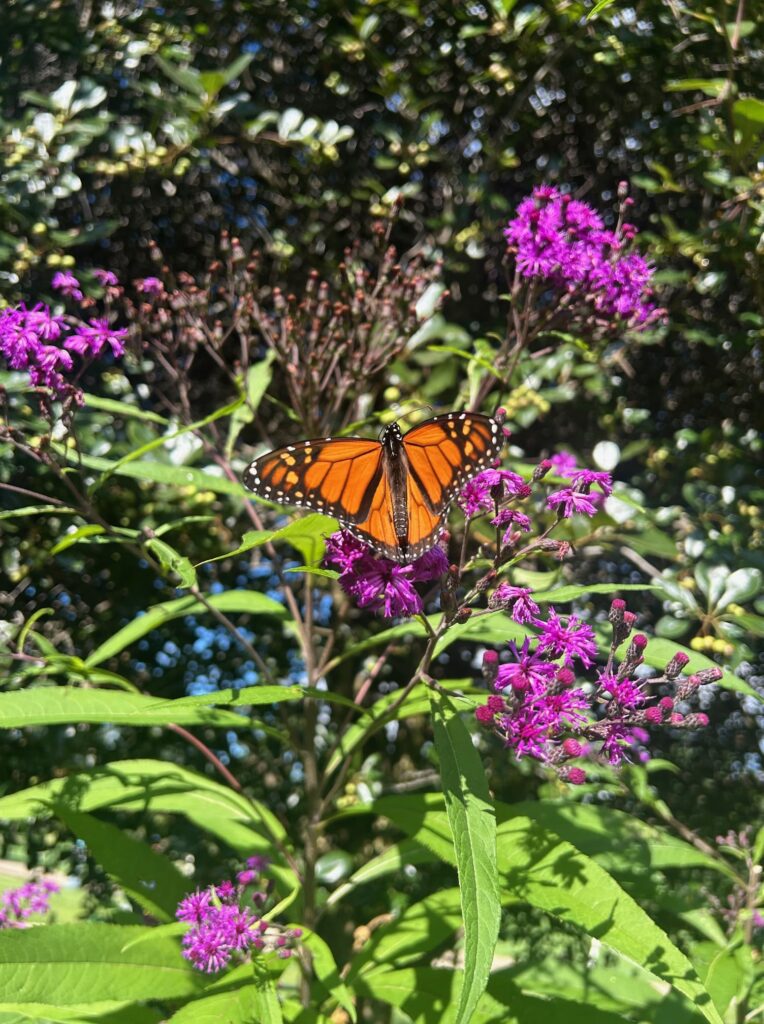In 2010, the Ministry for Environment and Forests commissioned a twelve-member task force that examined the plight and future of elephants in India. This motley team of scientists, activists, a veterinar- ian, and a historian came up with a comprehensive analysis of the situation and some radical sugges- tions. In this special section Current Conservation examines the findings of the report and showcases some reviews of this mammoth effort.
Excerpt from the report
Securing the challenge of conserving elephants in the wild and of ensuring humane care in captivity is symbolic of the wider dilemma of living in harmony with nature in India. No animal better symbolises our cultures and few have such major presence across diverse ecosystems as this flagship species. But there is more to securing the future of the elephant than knowledge of its biology.
The ecological and behavioural characteristics of elephants in the wild are the necessary starting point but the challenge of conservation begins within our broader social milieu. As our country’s economic base expands, the challenges for in situ conservation in general and of large vertebrates in particular will be more, not less intense. But the challenge is both societal and scientific.
An India with elephants living securely in the wild, and in humane conditions if in captivity, is still within reach. Such a goal, if attained, not in full measure but very substantially, can have wider resonances. It is also of importance beyond our borders. Possibly as many as six of every ten wild Asian elephants live in India. As for its future, there are grounds for both hope and concern. The most recent estimate of the wild population of elephants in India is over 26000 elephants. While population estimates may be revised as more rigorous techniques are developed, what they do show is that the elephant does not confront crises of the sort the tiger has faced in the recent past. Its visibility and presence across diverse ecosystems is probably greater than that of the magnificent big cat.
India is also to home to 3500 captive elephants, with ancient traditions of captive care. Even as science unlocks secrets of their lives in the wild, new knowledge informs us about their complex social relationships. Forest reservation helps halt agricultural expansion. Protected Areas provide refuges.in India is over 26,000 elephants. While population estimates may be revised as more rigorous techniques are developed, what they do show is that the elephant does not confront crises of the sort the tiger has faced in the recent past. Its visibility and presence across diverse ecosystems is probably greater than that of the magnificent big cat.
Sustained measures have brought the levels of poaching for ivory under control. The respect, tolerance, and fellow feeling accorded to these huge animals by most people have helped their survival. But there is no need for complacence. Poaching of male elephants for tusks has declined but there are well researched populations showing that the after-effects are all too real, with the males being too few and sex ratios heavily skewed towards females. Large developmental and infrastructural projects, when not planned or located with adequate care, are fragmenting habitat, while other local pressures degrade them. Elephants cannot survive simply through strict protection of a few parks and sanctuaries. A sole focus exclusively on Protected Areas, vital as they are, is inadequate for the long-term conservation of this keystone species. Habitats outside reserves may often be crucial, especially if they are corridors or links between large tracts of habitat. Yet, we cannot overlook how economic, social, and cultural demands will take priority outside the boundaries of parks and sanctuaries. Any interventions in such areas have to proceed on a different set of premises involving local stakeholders. Participation and incentives, planning, and conflict management, not merely exclusion, will be critical. Even more so, securing elephants and their habitats and containing conflict with people has the potential to give conservation in India a new direction. It is no mean task and the odds are immense.
But we can succeed. Indeed we must: failure is too high a price to pay. Success requires that policies be better informed with sound science. Landscapes vital to viable populations of elephants have to remain intact. Careful land use planning can minimize the irretrievable loss of fragmenting of habitat.
Gajah and Prajah
The survival of the elephant depends even more on taking its cause to the people. Gajah (the elephant) and Prajah (the people) have to go together. Losing sight of either dimension will harm both. The elephant is more than a symbol of our cultures. It is an animal that has fascinated the best of our poets, writers, and singers across the ages. Its sociability and intelligence are proverbial.
Elephas maximus is a keystone species in the Asian tropical forests. It can act as an umbrella or flagship for conserving biodiversity. Gajah can help save critical parts of the landmass that will be functional ecosystems’ representative of Asia’s biomes, and also serve as a living library for science, store of genetic wealth, and place where we can continue to learn how nature works.
But elephants and people are often in conflict. Asia’s largest vertebrate, requires living space, food, and water, and the search for these often conflicts with human aspirations and needs. Wild populations can only survive if the landscapes they live in remain intact. This was not as much an issue in the past centuries but demographic growth, the expansion of agriculture, and the growth of industry and infrastructure have fragmented habitats. Human-elephant conflict is also a matter of calling for serious attention and action. Every year, over four hundred people lose their lives to elephants, and these are mostly cultivators or labourers. In turn, more than half of the hundred elephants killed each year are in defense of crops.
The stress, suffering, and loss are all too real. It is tragic, for elephants as well as humans are both victims in the conflict. Both are victims of victims. Crop compensation and ex-gratia, payment for the loss of human life (in a very small way) are important facets of elephant conservation in India. But the issue requires a much more sustained and knowledge-based programs that alleviates distress, but also addresses underlying factors that exacerbate the conflict. The best of our country’s skills in science and humane governance have to be brought to bear on this issue.
A future for Gajah
The future of wild elephants rests centrally on how best India secures their habitats. Population and habitat management have to take account of sound ecological principles. But the tactics can vary. The local texture of the land use, society, and culture vary greatly across India’s elephant habitats. The ecological and social diversity is easy to take note of, but difficult to appreciate in coming up with a response. Elephants in India are distributed across four large regions, each with several sub-populations from small herds in isolated forest patches to several thousand elephants within large interconnected landscapes.
The complex contours of the elephant conservation scenario were recognised by a previous Task Force two decades ago and built into the founding principles of Project Elephant in 1992. Since then, Project Elephant has had significant achievements. The 65,000 sq km in the 32 existing and proposed Elephant Reserves include Protected Areas and forests as well as zones of human use and habitation. From the outset, the objective was to consolidate preservation in the parks and sanctuaries. But since these form less than 30 per cent of the Elephant Reserves, it is land-use planning that has been the major challenge in the rest of the landscapes.
Despite significant achievements, there have been shortcomings. The goals were spelt out but the means to get there were lacking, not merely in a financial sense. Coordinated interventions for land-use planning outside Protected Areas or secure corridors required a far wider range of instruments of intervention. Further, the mitigation of conflict in a transparent manner and science-based planning of reserves needed substantial strengthening.
Finally, Project Elephant’s efforts to improve the welfare, status, and standards of captive elephants and their caregivers even when assisted by active civil society groups needed more focus. Above all, the efforts lacked sharp focus and attention at the highest level of government. The fragmentation and degradation of habitat is a serious issue and cannot be addressed without major overhaul both of administrative machinery and of official policies. Timely action can avert crises, and effective governance make people partners in protection.
A mission renewed
There is, to put it simply, a need for a renewed sense of purpose. India can and should take the lead in protecting Asia’s elephants. In doing so, it needs to take Gajah back to the people.






